Home>Ideas and Tips>Understanding Historic District Regulations For Homeowners
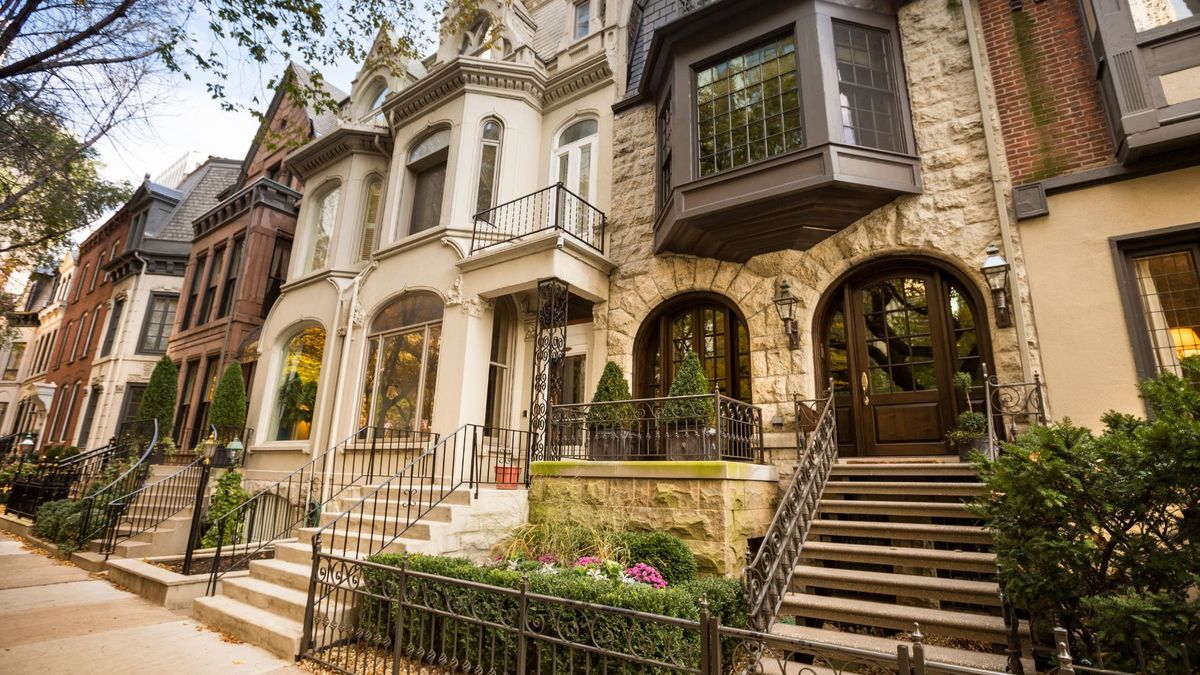

Ideas and Tips
Understanding Historic District Regulations For Homeowners
Published: October 28, 2024
Learn how historic district regulations impact homeowners, preserve cultural heritage, and navigate local zoning rules for successful home renovations.
(Many of the links in this article redirect to a specific reviewed product. Your purchase of these products through affiliate links helps to generate commission for Storables.com, at no extra cost. Learn more)
Historic districts are a vital part of many communities, preserving the architectural and cultural heritage of an area. However, these districts come with unique regulations that can sometimes be confusing for homeowners. In this article, we will delve into the complexities of historic district regulations, exploring how they impact homeowners and the benefits they provide. We will also discuss the steps homeowners can take to navigate these regulations effectively.
Historic districts are established to preserve the unique character of a neighborhood or town. These districts often feature buildings that are significant due to their age, architectural style, or historical importance. The primary goal of these districts is to prevent the demolition or inappropriate alteration of these buildings, which could lead to the loss of cultural heritage and community identity.
Benefits to Communities
-
Community Revitalization: Historic districts can attract new residents and businesses, contributing to urban livability and economic growth. According to the World Bank report The Economics of Uniqueness, heritage-related projects can attract talent and provide an enabling environment for job creation.
-
Preservation of History: Historic districts help tell the story of a nation in all its complexity and diversity. They include not only grand historic homes but also modest communities that have been home to generations of working-class families. The history embedded in these communities is just as important and worthy of preservation efforts.
-
Economic Benefits: Historic preservation can be conducive to affordable housing if done correctly. Older buildings are often well-equipped to provide affordable housing because they were designed to serve multiple families and uses. This is why creative adaptive reuse projects are converting historic schools, warehouses, and old homes into housing for those in need.
Historic district regulations are designed to protect the integrity of the district while allowing for necessary changes and improvements. These regulations can vary significantly depending on the specific district and local ordinances.
Key Points
-
Preservation vs. Development: Historic districting is about keeping buildings alive, in active use, and relevant to the needs of the people and the cities that surround them. Zoning and building regulations need to be flexible and responsive to change while preserving what is special about each building.
-
Benefits Beyond Ownership: Historic preservation districts provide benefits to people whether or not they own a home in them. For example, millions of people visit New York’s Lower East Side each year to experience a remarkably intact 19th-century tenement neighborhood. Similarly, Chicago’s annual Historic Pullman Community House Tour is one of the most popular residential house tours in Illinois, providing a glimpse into the lives of workers in George Pullman’s planned community.
-
Restrictions on Alterations: Historic districts can place certain restrictions on how homeowners can alter their property. Efforts intended to prevent adding historically inaccurate features can also limit homeowners' options in other ways. However, if regulations are approached with homeowners' rights in mind and with an eye to the future, they don’t have to place a limit on the autonomy of individuals.
-
Protection of Investment: Regulating historic districts can also protect a property owner’s investment by preventing the demolition or inappropriate alteration of historic properties. These regulations offer predictability for residents and for those considering investing in the community. They can be particularly useful in times of economic crisis, natural disasters, or irresponsible private interests.
When renovating a historic home, it is crucial to follow the Secretary of the Interior’s Standards of Rehabilitation for the Treatment of Historic Properties. These standards provide a clear guide for interpreting how to renovate a historic home without compromising its integrity.
The 10 Standards
-
Historic Purpose: A property shall be used for its historic purpose or be placed in a new use that requires minimal change to the defining characteristics of the building and its site and environment.
-
Retain Historic Character: The historic character of a property shall be retained and preserved. The removal of historic materials or alteration of features and spaces that characterize a property shall be avoided.
-
Physical Record: Each property shall be recognized as a physical record of its time, place, and use. Changes that create a false sense of historical development, such as adding conjectural features or architectural elements from other buildings, shall not be undertaken.
-
Distinctive Features: Distinctive features, finishes, and construction techniques or examples of craftsmanship that characterize a historic property shall be preserved.
-
New Additions: New additions, exterior alterations, or related new construction shall not destroy historic materials that characterize the property. The new work shall be differentiated from the old and shall be compatible with the massing, size, scale, and architectural features to protect the historic integrity of the property and its environment.
-
Historic Integrity: New additions and adjacent or related new construction shall be undertaken in such a manner that if removed in the future, the essential character of the historic property and its environment would be substantially intact.
Homeowners in historic districts must also navigate local zoning regulations, which can vary significantly from one municipality to another.
Key Points
-
Zoning Ordinances: Zoning ordinances divide your town, city, village, or county into separate residential, commercial, and industrial districts. These regulations generally limit building dimensions in each zone, require certain building features, limit parking and loading areas, limit sign use, and provide recommendations for building additions or additional structures.
-
Historic Overlay Zoning: Historic overlay zoning does not change the base zoning but adds an additional level of review for rehabilitation work, new construction, or demolition in a historic district. If you propose any construction work in a historic district that requires a building permit, you will first need to get a certificate of appropriateness (CoA) from your local historic preservation commission.
-
Certificate of Appropriateness (CoA): A CoA is granted after your proposed work has been reviewed by your local historic preservation commission. This ensures that any changes made to a historic property align with the district's preservation goals and do not compromise its integrity.
For homeowners who have recently purchased an old home that may be eligible for historic designation, understanding the implications is crucial.
Key Points
-
Registration Process: If you have a very old house that hasn’t been greatly altered or was associated with important historical events or activities, you might be able to register it as a historic property. This can be done on the federal National Register, state historic commission register, or municipal historic register.
-
Design Restrictions: Contrary to rumor, registering federally does not directly impose design restrictions on the renovation or remodeling of the building's exterior or interior. However, municipal zoning bylaws or other ordinances might restrict what you can do with your home if it's in a town historic district or otherwise qualifies as a historic structure.
-
Local Ordinances: Some historic districts impose relatively few restrictions on renovating a building there, while others are extensive and even onerous. These regulations may extend to the color of outside paints, authentic fixtures and other hardware, use of appropriate materials like wood instead of plastic, or the style of window treatments.
-
Notice Requirements: Homeowners in historic districts may need to give notice of their intention to tear down a home even if it’s to replace it with something equally authentic. They must wait usually six months or a year before beginning demolition.
Understanding historic district regulations is essential for homeowners who live in these areas. By recognizing the benefits these districts provide and navigating local zoning regulations effectively, homeowners can ensure that their properties contribute to the preservation of cultural heritage while also meeting their needs for modernization and improvement.
Whether you are considering buying an old home or already own one in a historic district, it is crucial to research and understand the specific regulations that apply to your property. This includes familiarizing yourself with local zoning ordinances and potentially seeking guidance from an experienced architecture studio or preservation commission.
By following the Secretary of the Interior’s Standards of Rehabilitation and adhering to local regulations, homeowners can successfully renovate their historic homes while preserving their unique character and contributing to the overall integrity of the historic district.
In summary, historic district regulations are not burdensome but rather a necessary step towards preserving our nation's rich cultural heritage. By embracing these regulations and working within them, homeowners can ensure that their properties remain valuable assets not only for themselves but also for future generations.
Was this page helpful?
At Storables.com, we guarantee accurate and reliable information. Our content, validated by Expert Board Contributors, is crafted following stringent Editorial Policies. We're committed to providing you with well-researched, expert-backed insights for all your informational needs.
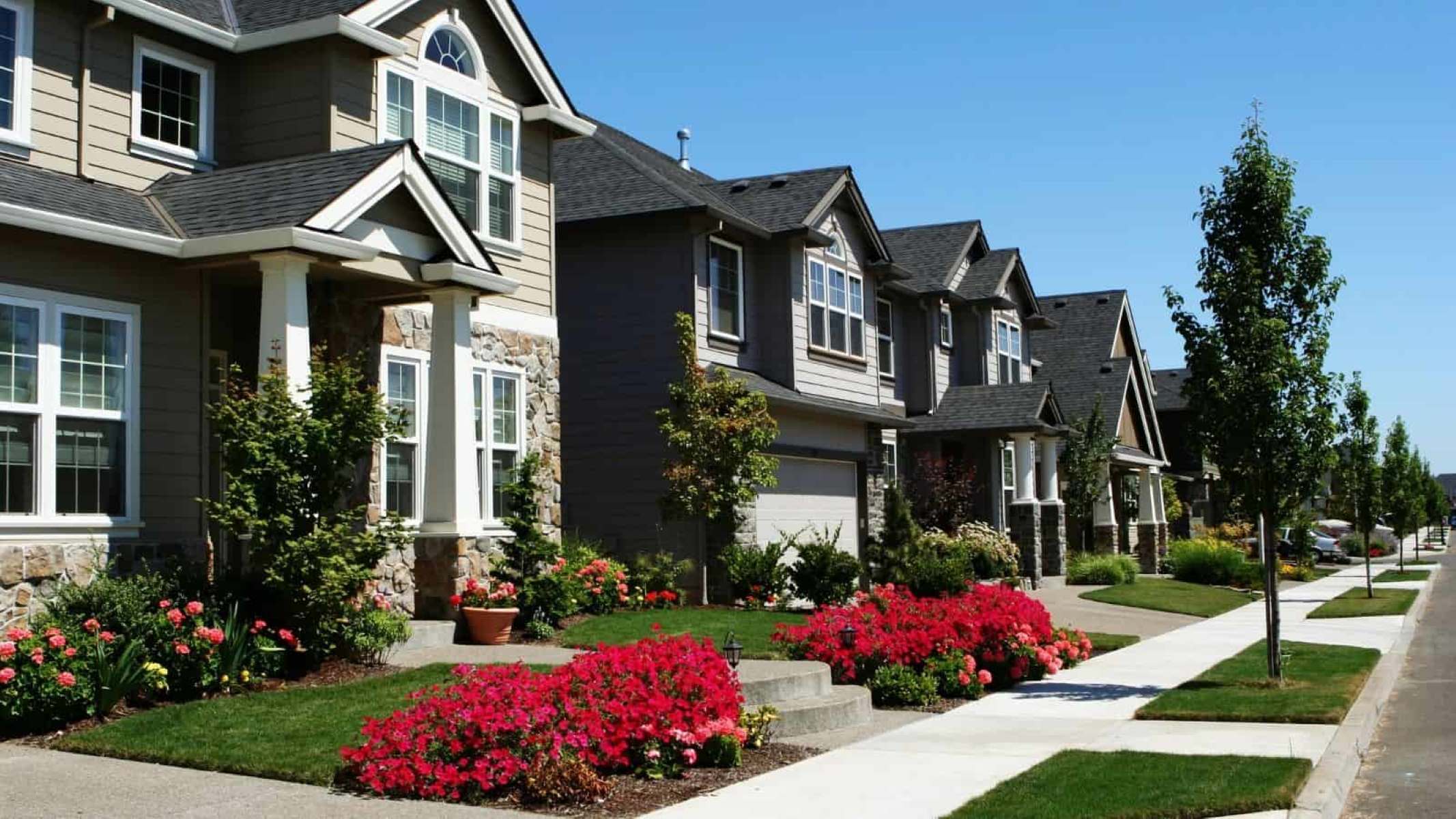

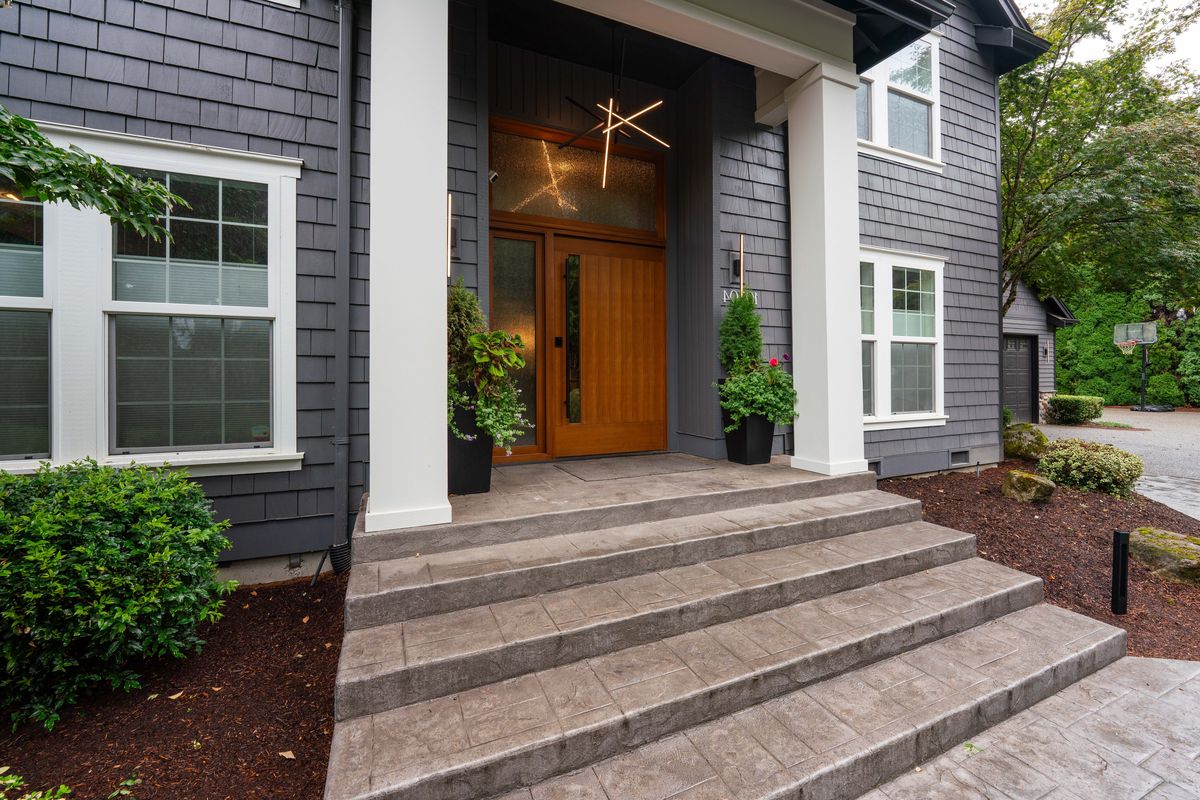
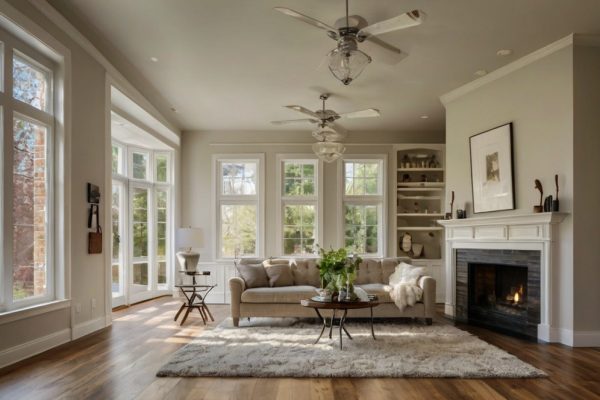
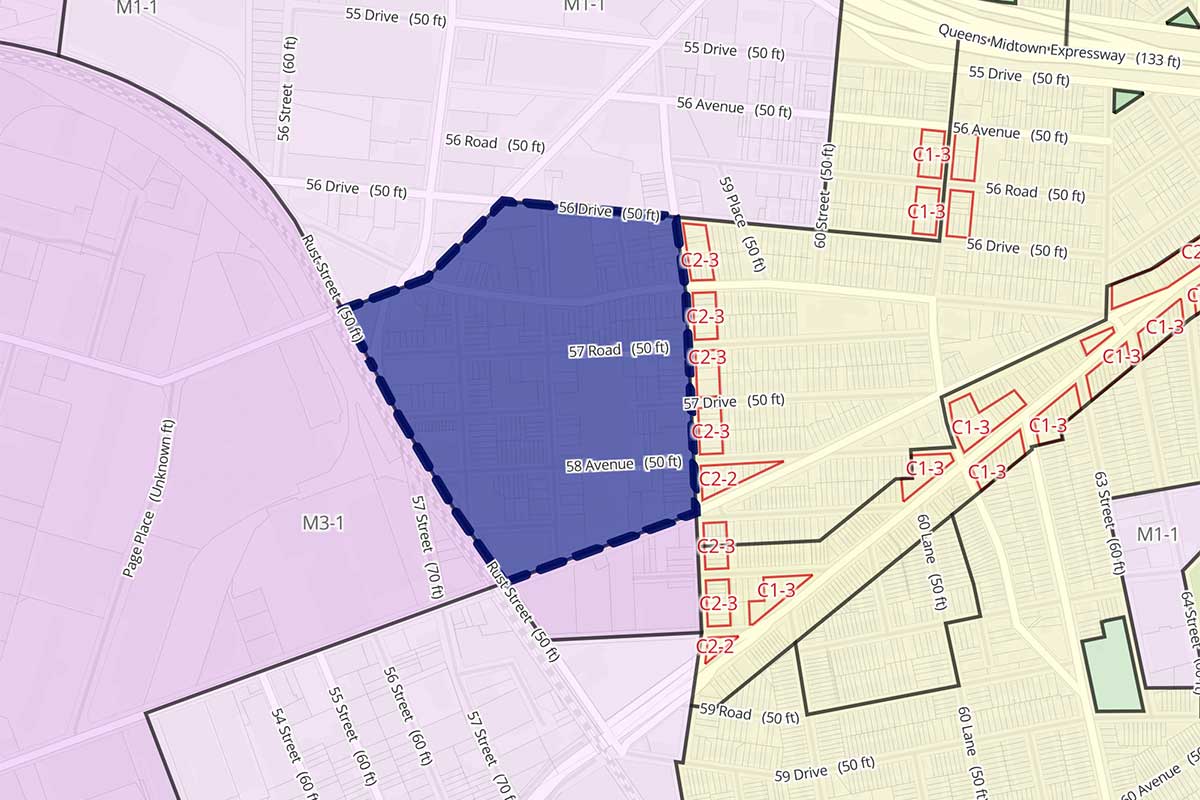


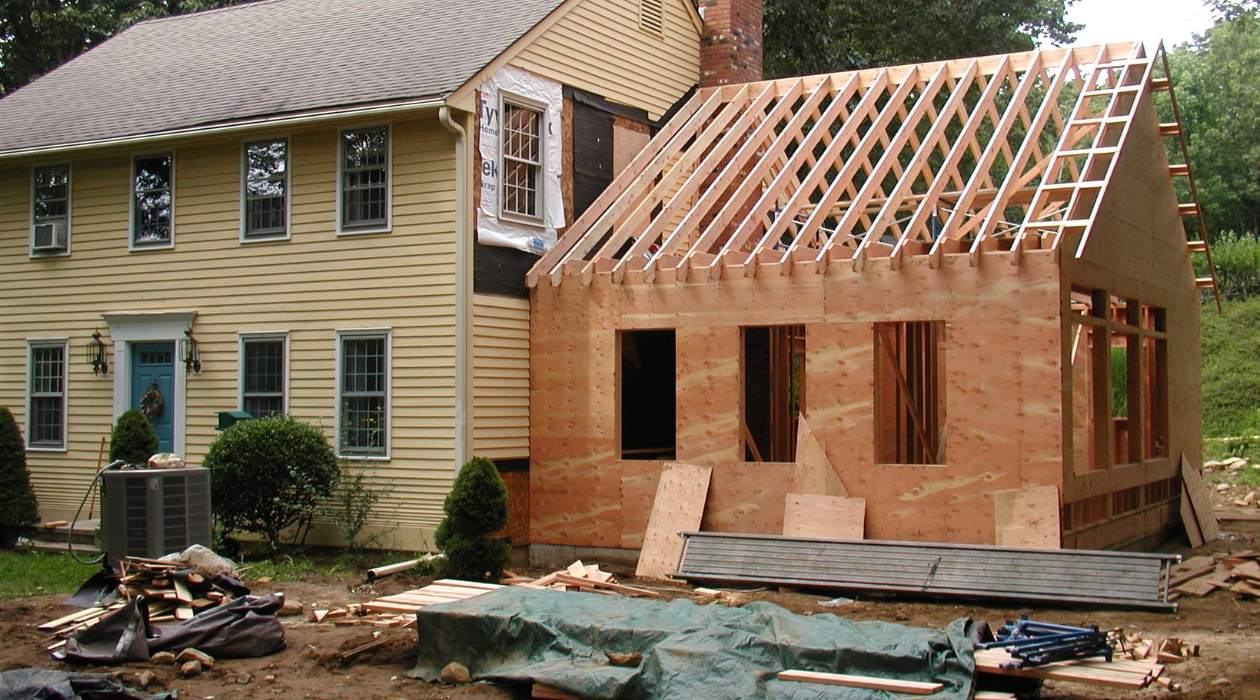
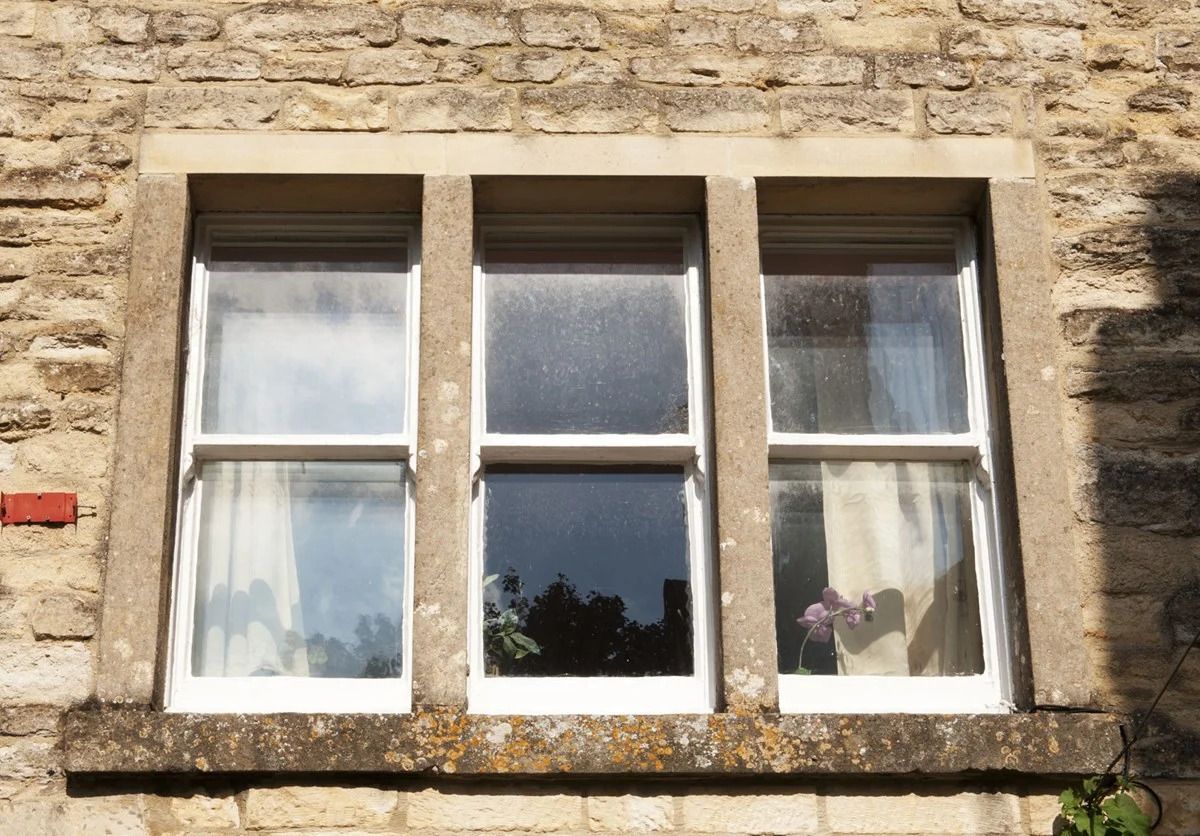








0 thoughts on “Understanding Historic District Regulations For Homeowners”